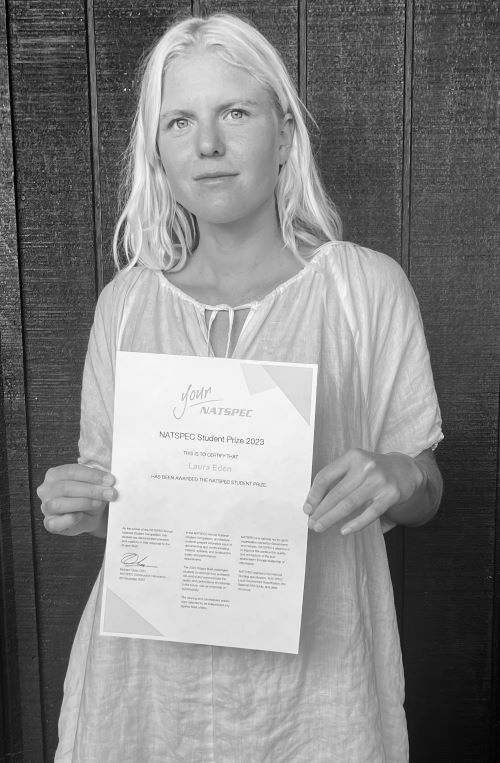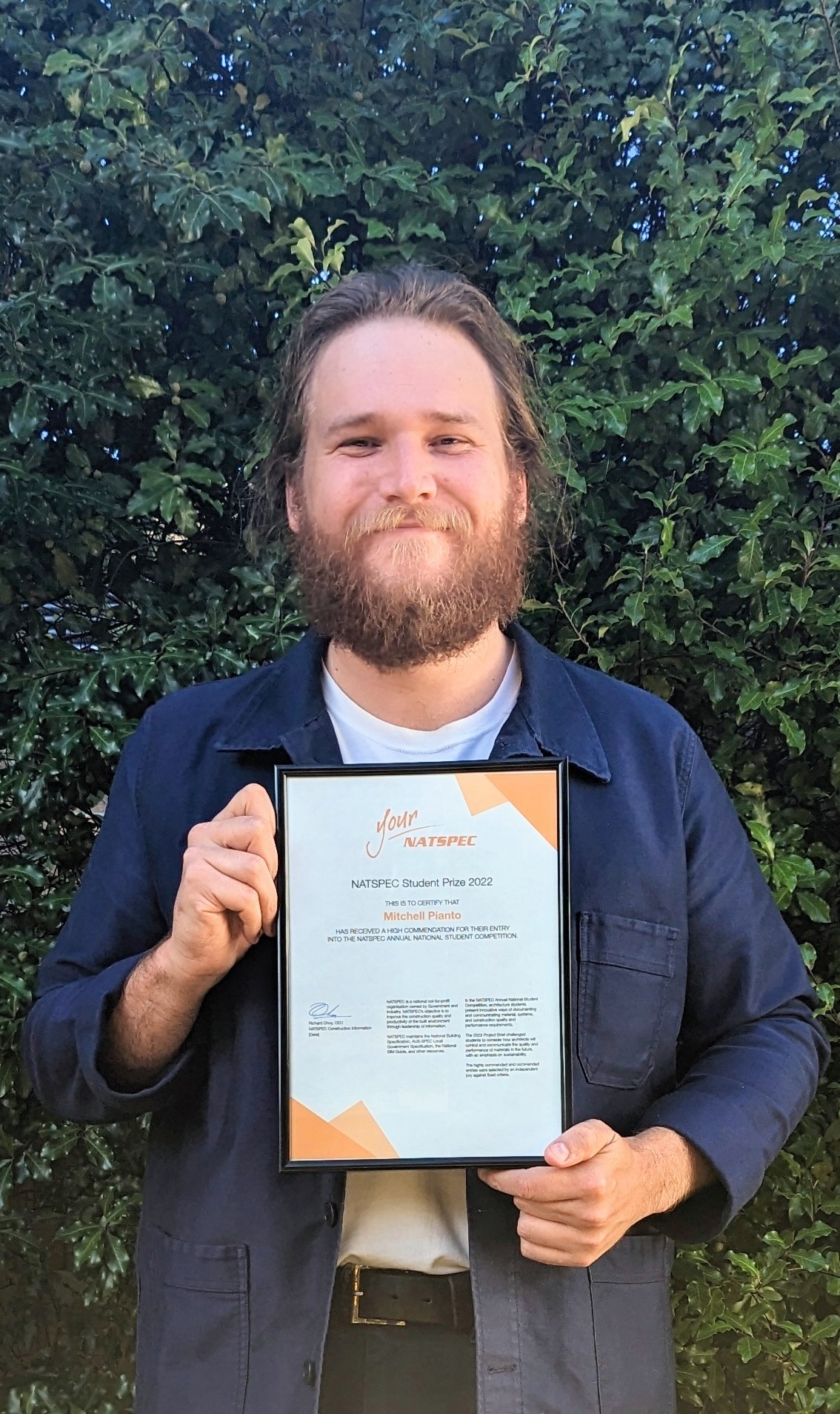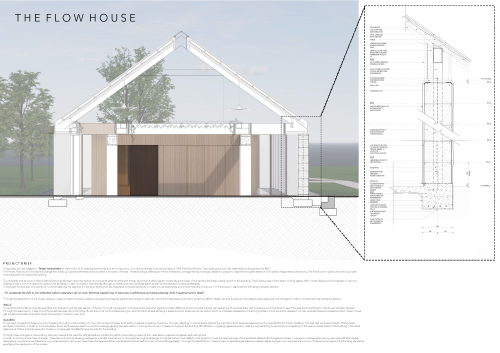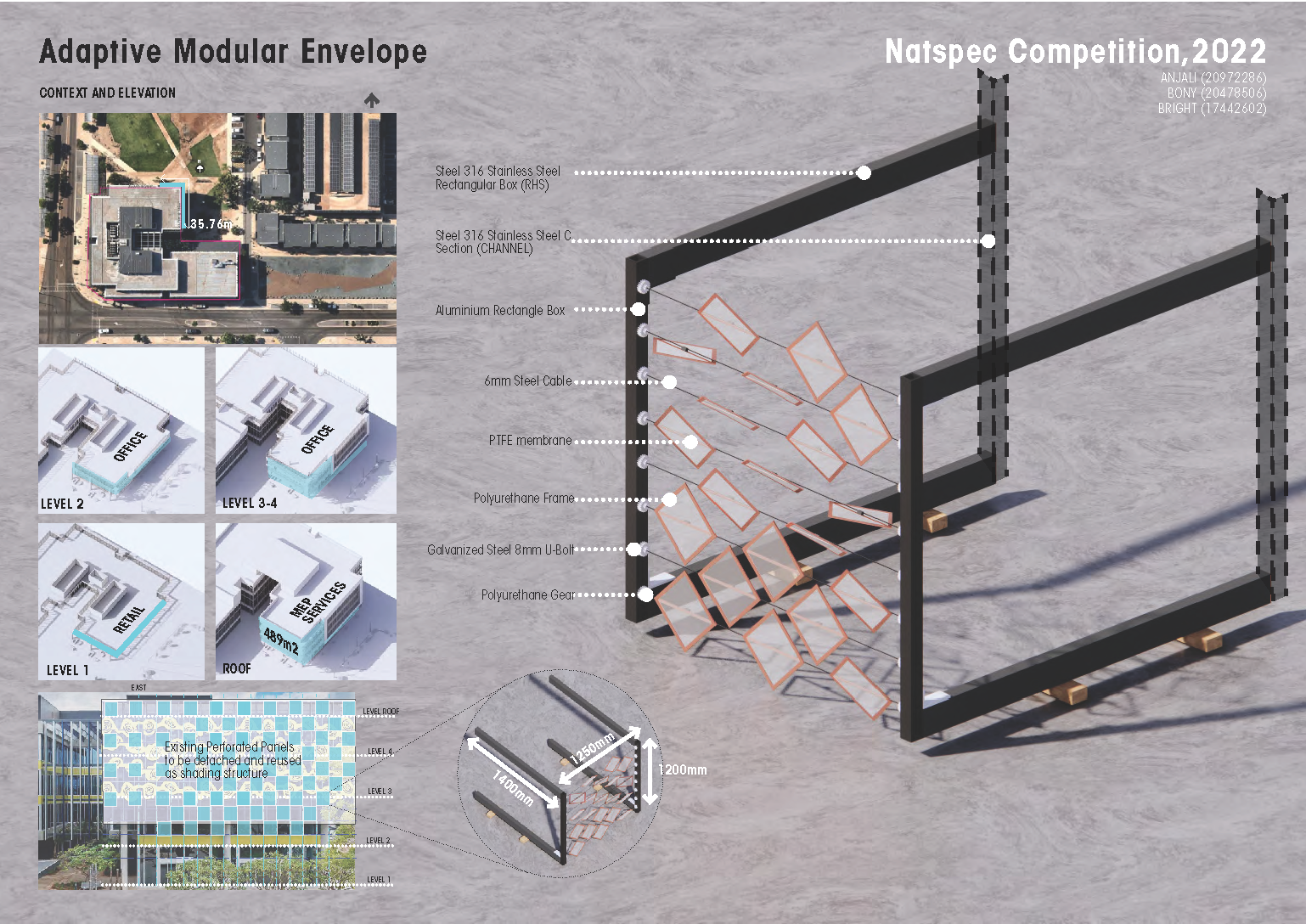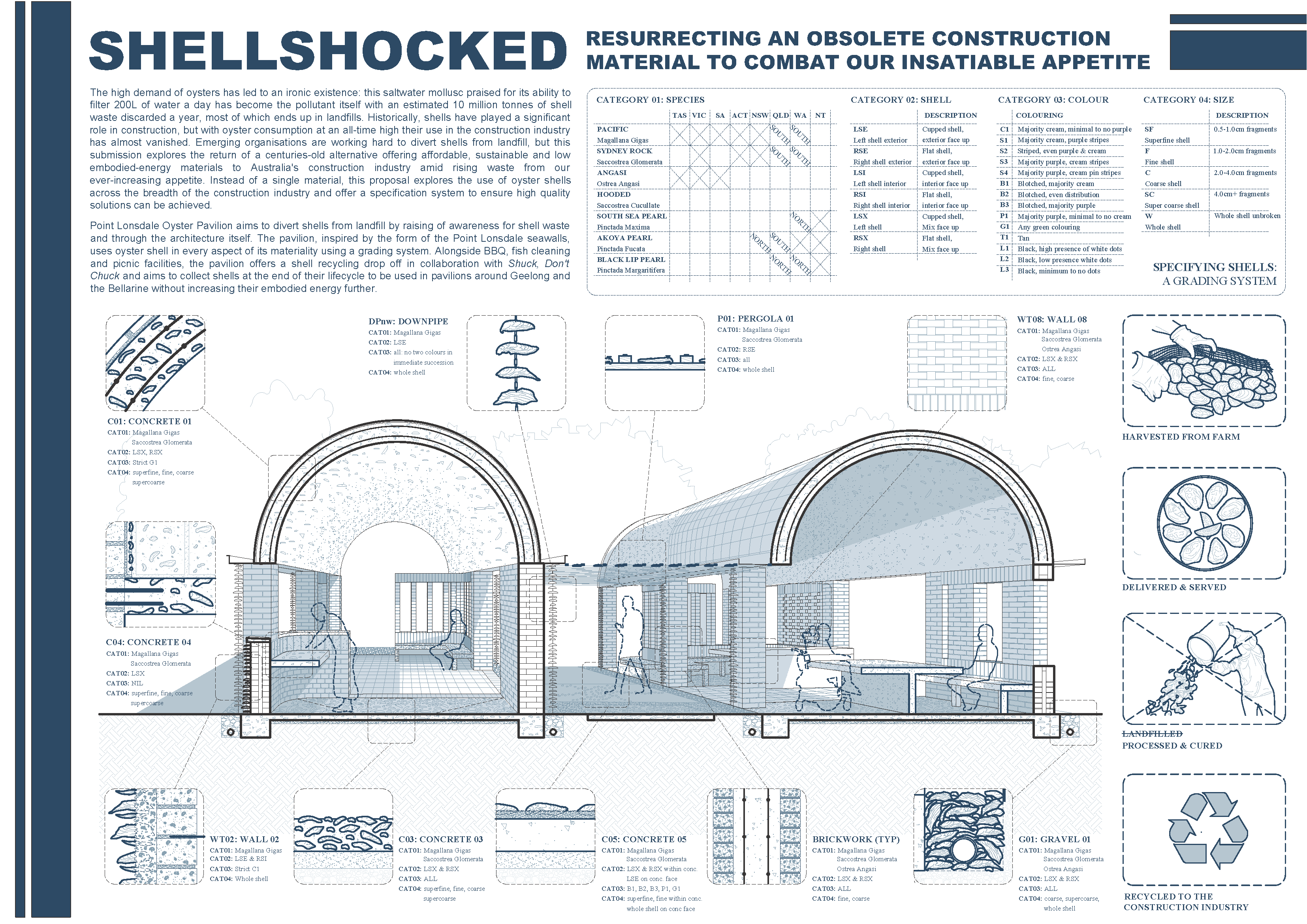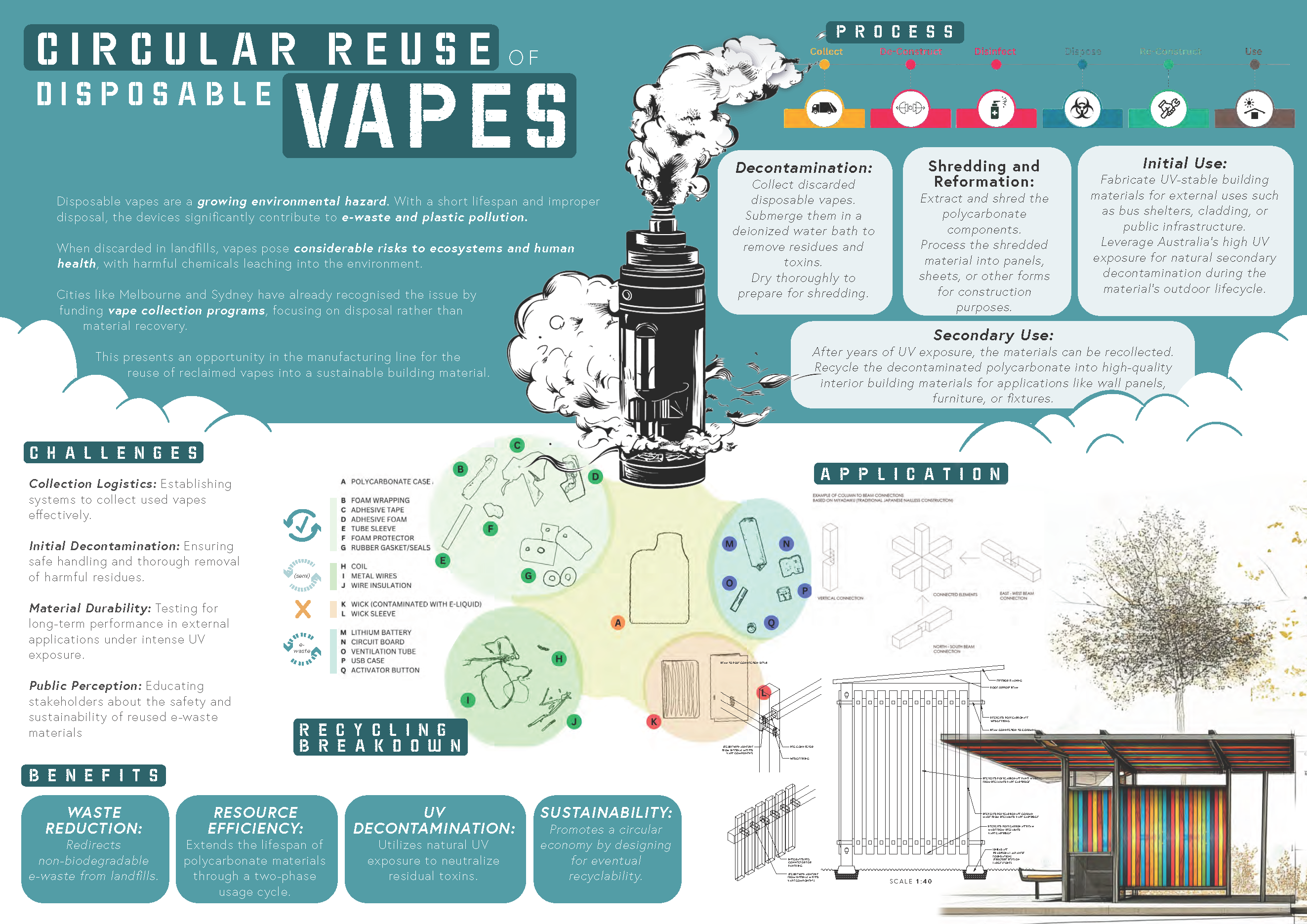All construction projects require a specification from the designer. Design students will one day need to write a building specification and would benefit from an introduction to what a specification is, its importance in getting the quality they want in their projects as well as its role in conforming to building regulations. The AACA National Standard of Competency for Architects requires architects to prepare architectural specifications.
The NATSPEC resources are available to institutions and/or lecturers free of charge and include online access to SPECbuilder – a specification compilation program, a number of full commercial worksections in Word format for students to see and edit NATSPEC material and all the NATSPEC TECHnotes, TECHreports and Papers in PDF format. Also included is the professional version of NATSPEC BUILDING Domestic in Word format – fully editable and printable.
How to get a log in
Fill in the Resources for Design Students Form and email/fax/post it back to us and an email will be sent to you with login information. NATSPEC provides student access to resources via lecturers. If you are a student, check with your lecturer if you already have this available to you. If not, ask your lecturer to fill in the Resources for Design Students Form and send it back to us. Alternatively, you may provide us with contact details of your lecturer and we can contact them directly.
How you can use the material
A general login can be created for all students. Students can use the Create a Project section to select the worksections that may be required for a project. This section presents a list of all NATSPEC worksections with checkboxes and saves the selections. The full commercial worksections are useful for students to see the extent of specification worksections and the work necessary to write a specification. NATSPEC TECHnotes, TECHreports and Papers would be very useful as an introduction to specification writing and production. They cover many technical construction and documentation topics, ESD specifying, using Standards and the Naitonal Construction Code (NCC).
Trade Student Resources
TAFE Module CPCCOM2001 Read and interpret plans and specifications requires that students are able to read and interpret building specifications. NATSPEC offers teaching resources that are relevant to the delivery of this module free of charge to Institutions and/or Lecturers. NATSPEC is widely used as a building specification template and is regularly updated to reflect changes in the NCC and current Standards.
TAFE Module CPPBDN6106 Produce building information modelling for building design projects supports building designers who create and use Building Information Models (BIM) to optimise productivity and enhance streamlining of the construction process through the collaborative working methods afforded by BIM. NATSPEC offers teaching resources that are relevant to the delivery of this module to Institutions and/or Lecturers. NATSPEC is at the forefront of developing BIM guidelines and standards, such as the NATSPEC National BIM Guide and Project BIM Brief, for the benefit of the construction industry. These documents and other BIM-related resources are available free of charge from the NATSPEC BIM Portal.
Teaching Resources
Check out the Worksection Classification, to find the trade(s) you are interested in and fill out the Trade Student Resources Form indicating which worksections you would like emailed to you in a PDF format. Print them and use them as handouts to the students. It is the template designers use to write specifications and students will see the current standards and regulations that need to be complied with. This service is free of charge to Institutions and/or Lecturers and limited to 5 worksections.
Other documents
NATSPEC’s STYLEguide lists symbols and abbreviations commonly used as stated in the module purpose - Recognition of commonly used symbols and abbreviations. NATSPEC’s relevant worksections, including the defined terms and TECHnotes are invaluable tools in the comprehension of written job specifications as stated in the module. Even if the module is not a requirement of your course, the information provided in the relevant worksections would be useful in highlighting the standards and regulatory requirements in your field.
Examples of use
If you are a lecturer in CPC30320 Certificate III in Concreting, the above TAFE Module is part of your course. You may be interested in using the following NATSPEC worksections: 0310 Concrete – combined, 0311 Concrete formwork, 0312 Concrete reinforcement, 0313 Concrete post-tensioned, 0314 Concrete in situ, 0315 Concrete finishes, 0318 Shotcrete, 0321 Precast concrete and 0322 Tilt-up concrete.
Library Resources
NATSPEC, producer of the national master specification, believes it is important that students understand the importance of good documentation, especially where specifications are concerned, and has therefore designed a number of packages for educational institutions.
The NATSPEC Library Package contains all the NATSPEC worksections. Provided on a USB, the documents are fully searchable and printable (low resolution print with Education Watermark) for deployment only within tertiary libraries (the library should take all necessary precautions that the documents are available only within the library). It contains the following Acrobat PDF documents:
- BUILDING Professional: For architects and building designers working on major and/or complex buildings. NATSPEC's definitive specification. It covers site, architectural, interiors, and landscaping and provides design and install worksections for mechanical, hydraulic and electrical services. Demolition, tendering and contract preliminaries are also covered.
- SERVICES Combined: For engineers and services consultants designing and documenting building services installations for small to large building projects. It contains all material in each of the SERVICES Mechanical, Hydraulic & Fire and Electrical specification packages. It includes the most commonly used building services and components, demolition, tendering and contract preliminaries.
- Specifying Architecture: This book discusses contractual, technical and editorial issues in the planning, production and use of specifications. It sets out best-practice professional guidelines, putting modern specification writing into an historical and international context.
- SIMPLE Domestic: This specification is for those projects simple enough not to require the engagement of an architect or building designer by the owners.It provides a quality statement which defines the minimum level of acceptable materials and workmanship for domestic building works. It does not require editing or amendment and is intended for inclusion, along with other documents such as drawings and schedules, as a condition of contract for the building works.
- SIMPLE Office Fitout: This specification is a quality statement supplementing the drawings prepared by the contractor. It does not require editing or amendment and is intended for inclusion, along with other documents such as drawings and schedules, as a condition of contract for the building works.
- Other supporting documents.
The Library Package is available at a greatly reduced subscription cost of $495 + GST per annum and is updated annually. To subscribe just fill out the Library Subscription Form and send it back to us.
For more information on any of the above please email This email address is being protected from spambots. You need JavaScript enabled to view it. or call us on 1300 797 142.
